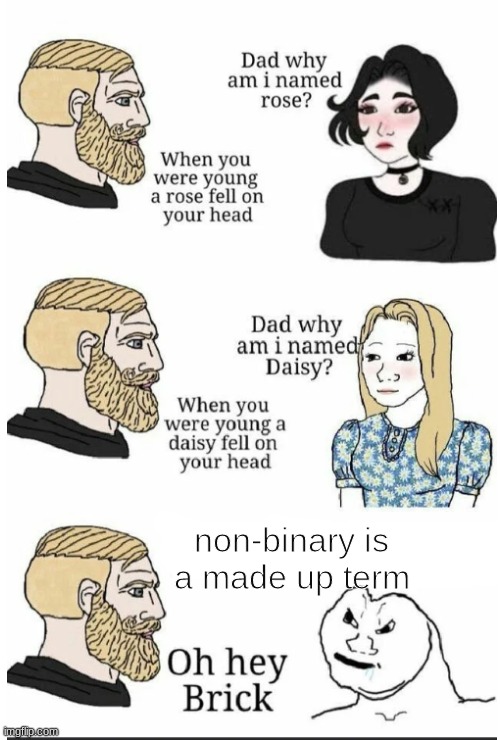

Though the terms are related, Internet memes differ in that they are often short-lasting fads, while traditional memes have their success determined by longevity. On the Internet, this spread occurs through online mediums such as social media. Internet memes come from the original concept of memes as an element of culture passed on from person to person. Although some argue memes deserve fair use protection, use of media from pre-existing works can sometimes lead to issues with copyright. They appear in a range of contexts, such as marketing, economics, finance, politics, social movements, religion, and healthcare. Memes are considered an important part of Internet culture, and have become a developed research area. More recent genres include "dank" and surrealist memes, as well as short-form videos such as those uploaded on Vine and TikTok. With the rise of social media platforms such as YouTube, Twitter, and Facebook, memes have become more diverse and can spread quickly.

Mike Godwin coined the term Internet meme in 1993 when he discussed memes as spreading via messageboards, Usenet groups, and email.

Characteristics of memes include their susceptibility to parody, their use of intertextuality, their propagation in a viral pattern, and their evolution over time. Inspired by the concept of memes proposed by Richard Dawkins in 1972, Internet memes can take various forms, such as images, videos, GIFs, and various other viral sensations. An Internet meme, commonly known simply as a meme ( / m iː m/, MEEM), is a cultural item (such as an idea, behaviour, or style) that is spread via the Internet, often through social media platforms.


 0 kommentar(er)
0 kommentar(er)
